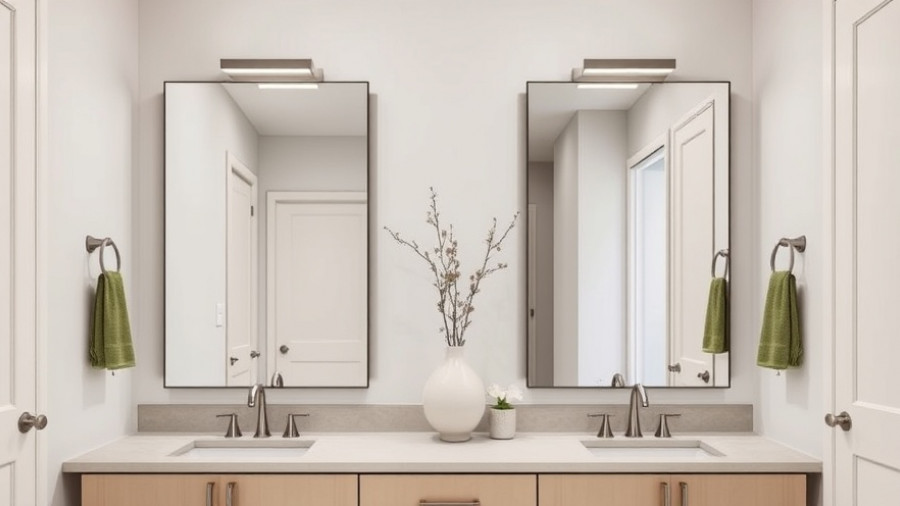
Transform Your Space: The Benefits of Installing a New Bay Window
Installing a new bay window not only enhances your home’s aesthetics but also boosts natural light, providing a warm and welcoming atmosphere. Homeowners looking to update their living space will benefit from understanding the process and advantages of replacing old windows, especially ones that are beyond repair.
In ‘Installing a New Bay Window | This Old House,’ the discussion dives into the step-by-step process of window replacement, exploring key insights that sparked deeper analysis on our end.
Why Replace Your Old Bay Window?
As seen in the video "Installing a New Bay Window | This Old House," the removal of a rotted bay window is essential for maintaining your home's integrity. Old windows can lead to energy inefficiency, allowing drafts that result in higher heating and cooling costs. Furthermore, a new bay window can improve your home’s curb appeal, making it more inviting from the outside.
Understanding the Installation Process
Replacing a bay window may seem daunting, but with the right guidance, it can be a manageable DIY project. The video illustrates that the first step involves carefully removing the old window, often requiring specialized tools like a high lift and saw. Once the old window is out, creating a proper frame for the new window is crucial. The importance of precise measurements and robust framing cannot be understated, as it ensures stability and energy efficiency.
Key Considerations Before You Start
Before embarking on a window replacement project, homeowners should consider the following:
1. **Assess the Condition**: If your current window is showing signs of rot, like in the video, it's crucial to prioritize replacement.
2. **Choose Energy-Efficient Materials**: Incorporating insulated headers and thermal breaks in framing helps maintain a comfortable indoor climate.
3. **Consult Local Building Codes**: Familiarize yourself with regulations in your area concerning window installations to avoid complications.
Future Trends in Window Design
As we move toward more sustainable building practices, window designs are adapting to include energy-efficient materials and advanced technology. Features like triple glazing and smart window technologies are gaining popularity, providing homeowners with options that offer superior insulation and light control. Implementing these modern solutions can drastically improve energy consumption in homes.
Actionable Tips for a Successful Window Installation
1. **Preparation is Key**: Take the time to measure your space accurately and gather all necessary materials. 2. **Seek Professional Advice**: If unsure about your DIY capabilities, consult a professional to ensure the best results. 3. **Follow a Step-by-Step Guide**: Following a detailed tutorial—like the one presented in This Old House—can help mitigate common hurdles during installation.
Final Thoughts: Emphasizing Home Improvements
Replacing an old bay window significantly contributes to both the functionality and beauty of your home. Engaging in such DIY projects not only creates a personal touch but can also increase your property’s market value. Are you ready to transform your home with a new bay window? Explore more resources and guides, and consider taking on this rewarding project today!
 Add Row
Add Row  Add
Add 




Write A Comment